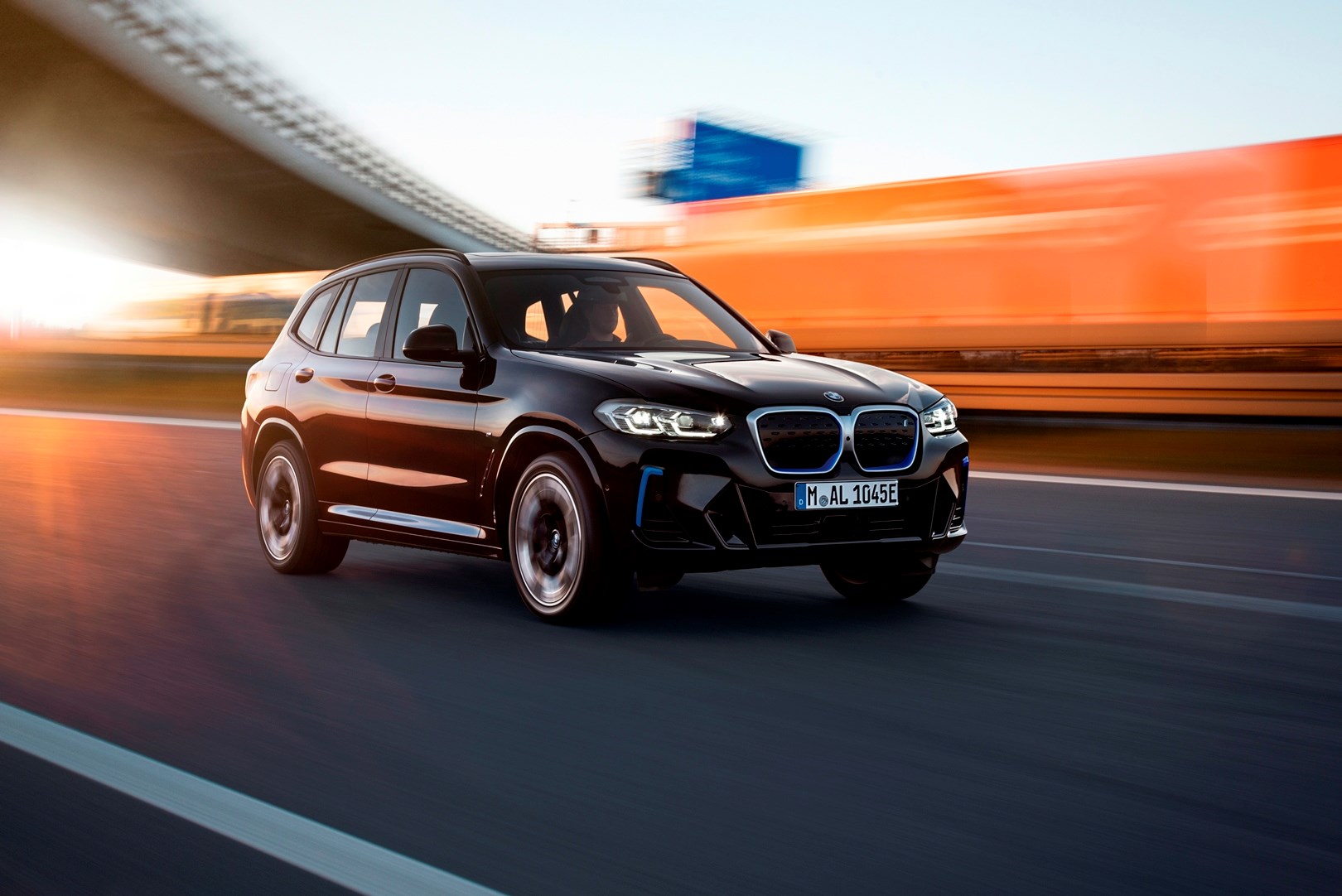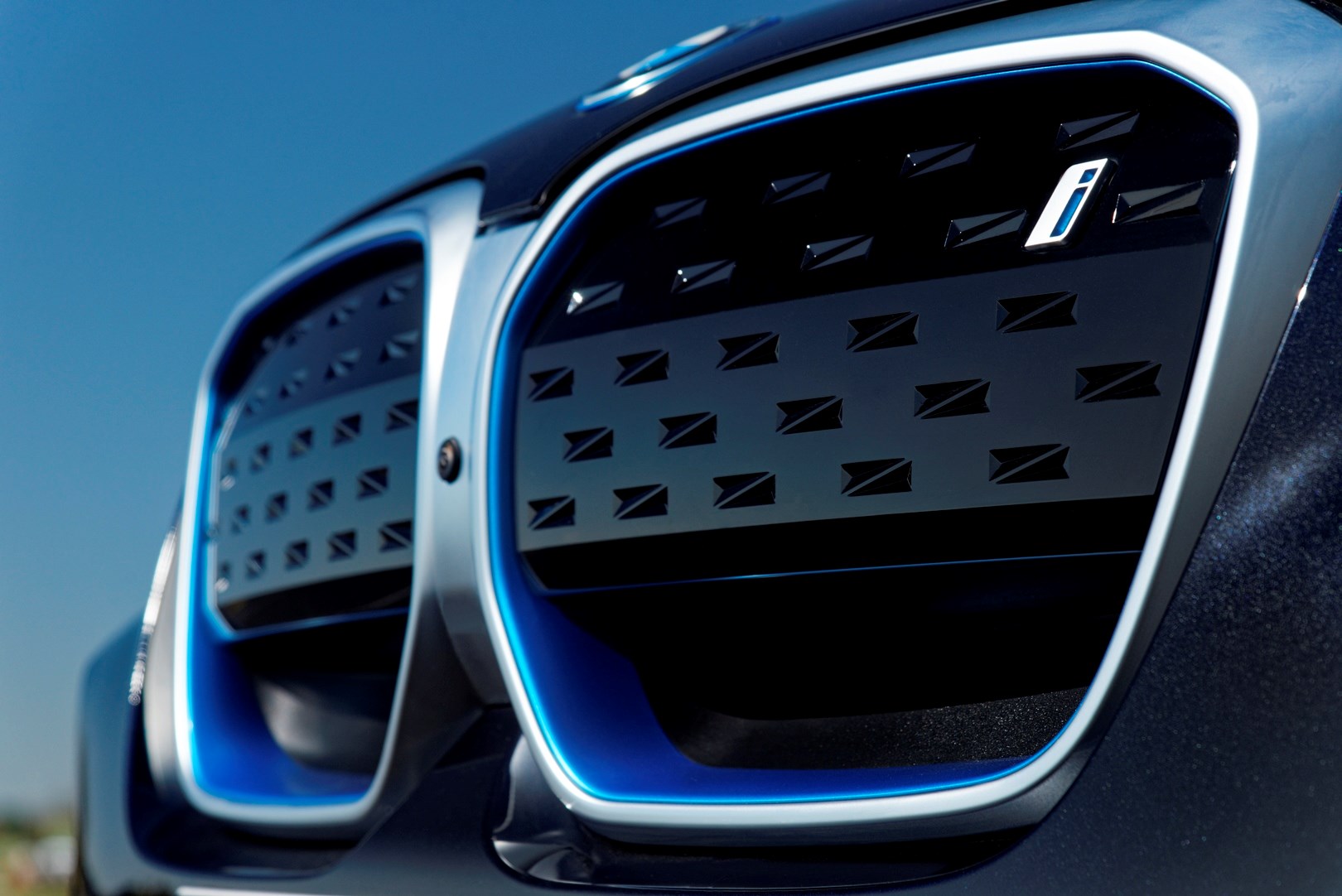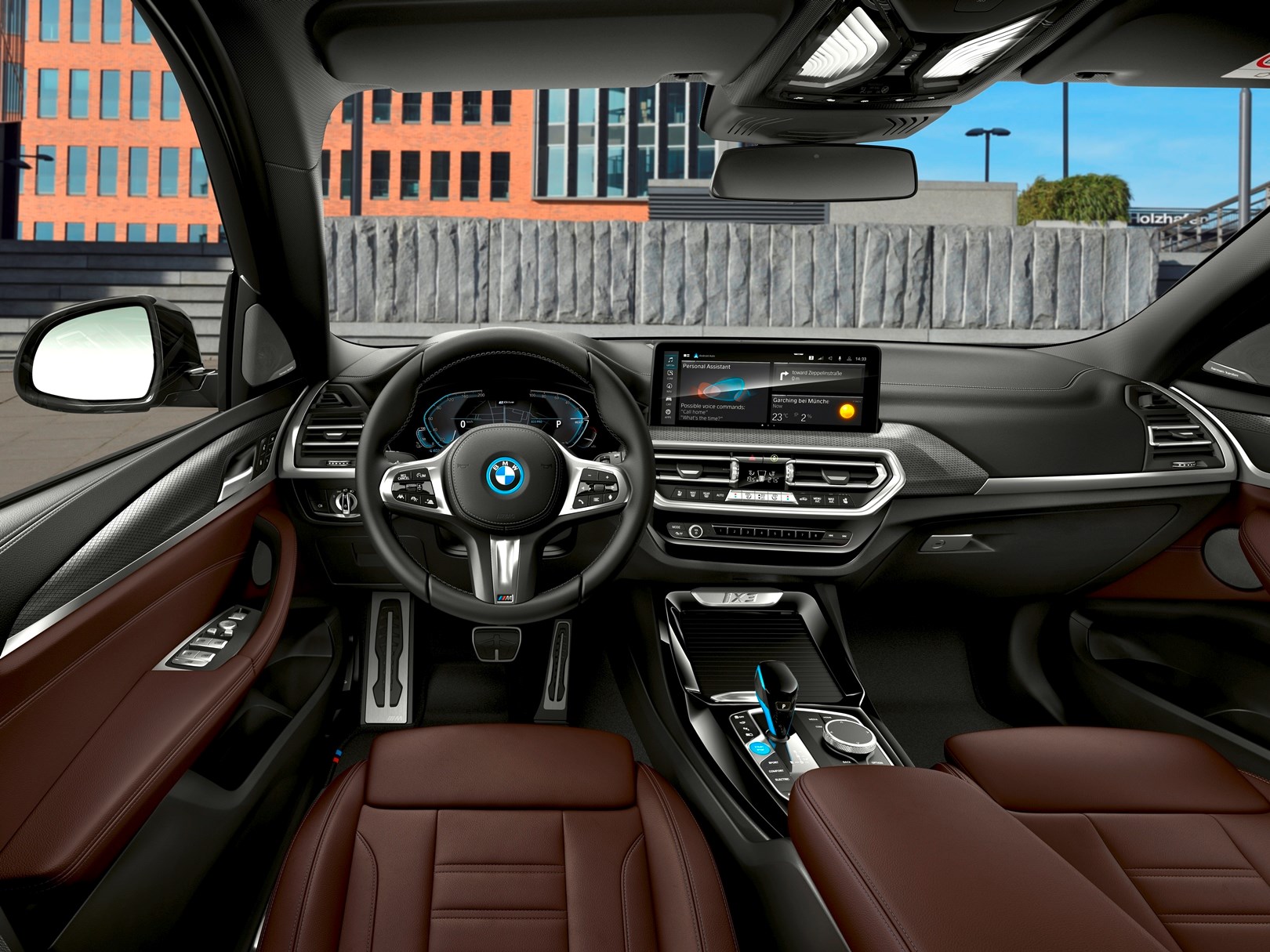The Government’s Clean Car Programme has been a hot topic of conversation in New Zealand. It’s a multi-layered effort, and for that reason it can be a bit confusing to consumers. So let us walk you through it in a simplistic way.
There are three parts to the Programme. The first two are especially important because they’re aimed directly at you, the vehicle buyer: the Clean Car Discount and the so-called Clean Car “feebate” system.

Only one of those is in effect right now. This year the Government kicked off the Programme by introducing the Clean Car Discount, which is a slightly misleading name because it’s actually a rebate. If you purchase a new Battery Electric Vehicle (BEV) for less than $80,000, you are entitled to claim $8625 back from the Government; a used BEV gets a rebate of $3450, as long as it’s a first-time registration (a used import, in other words).
A new Plug-in Hybrid Electric Vehicle (PHEV) is eligible for a $5750 rebate; used is $2300.
So for example a MINI Electric ($60,400) or BMW i3 ($78,700) are both entitled to that full $8625, because they are both pure-electric (BEV) vehicles. A MINI Countryman Hybrid ($68,290) is entitled to $5750 back, because it’s classified as a petrol/plug-in electric vehicle (PHEV).
Despite the “Discount” name, you do actually have to pay the full price up front, then claim the rebate back from the Government.
The idea, of course, is to incentivize people to buy low or zero-emissions vehicles.
The next step is the Clean Car “feebate” system, which was originally scheduled for launch in January 2022 but has now been pushed out to April. It’s also a scheme that’s directly visible to consumers but applies to all cars on the market.

Low-emissions vehicles will qualify for a rebate. Higher-emissions vehicles will attract a fine. There’s also a “zero band” in the middle where neither rebates or fines will be applied.
There’s still much to be worked out and legislated by the Government before April, including categorisation of some vehicles and a consistent emissions standard, but in principle vehicles under 146g/km will get a rebate, while those over 192g/km will attract a fine. Both will be weighted according to the individual CO2 outputs; so the more under 146g a car is, the bigger the rebate. Or the more over 192g, the higher the fine.
At this stage it’s understood that the Clean Car Discount scheme for EVs will continue, which means the maximum rebate will still be $8625 (for a car with zero emissions). Based on current information, the maximum fee will be $5175 (or $2875 for a used import).

The rebate will work the same as the Discount: you pay for the vehicle and claim it back. The fee will be different, in that you won’t be allowed to register the vehicle until it’s paid to the Government.
These are all “demand side” programmes that are very visible to the buyer. But further ahead the Government and car industry are working on a Clean Car Standard designed to influence importers to bring in cleaner vehicles by applying a CO2 standard that gets lower and lower as time goes on.
As car buyers we won’t be directly aware of the Standard – although it’s certain to affect the bottom line if you are buying a higher-emitting vehicle.







